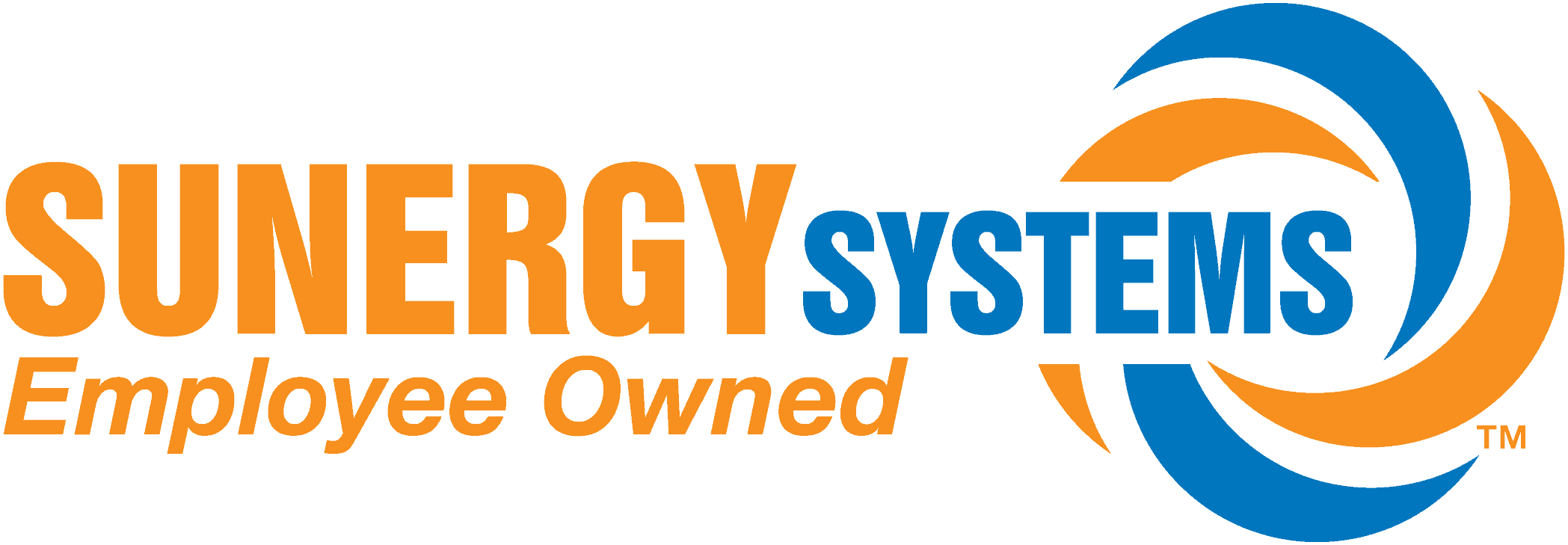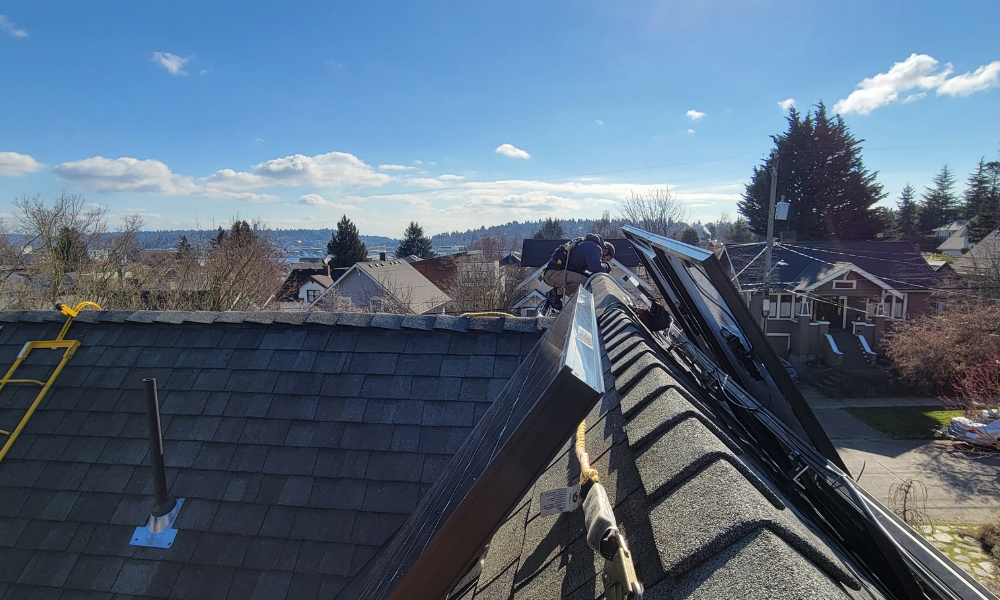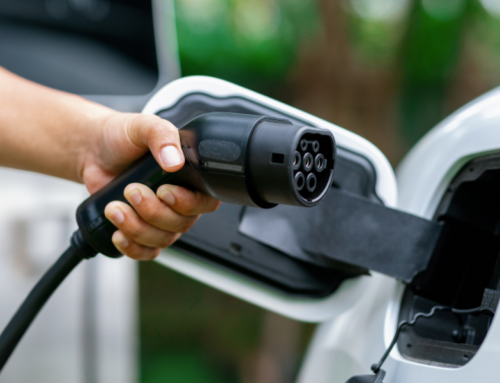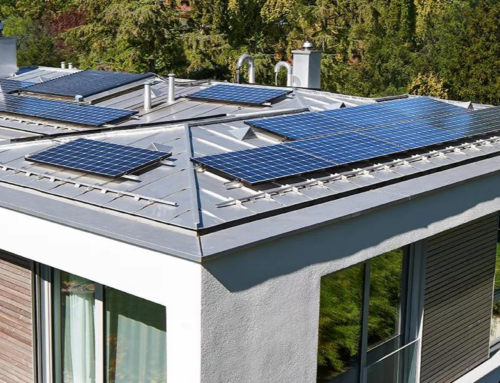Solar regulation is a nightmare in America. Methods of amending the permitting rules for residential solar panels vary across the United States, but there is a new system adopted by installers that helps reduce bureaucracy. It’s called Solar Automated Permit Processing Plus (SolarAPP+).
The invasion of Ukraine put the United States and Europe on a mission to withdraw from using fossil fuels from Russia. This accelerated the need for carbon-neutral alternatives. Plus, prolonged power outages from hurricanes, wildfires, and the deep freeze have driven more Americans to install solar panels on their homes.
Only 4% of American homes use solar power, despite the fact that last year was a record year for photovoltaic system installation in the country. Australia has about 25% adoption. There are several reasons why residential installations have traditionally been slow in the U.S., but the solar industry’s big headline constraints—supply chain and trade—didn’t emerge until fairly recently. Among the key factors that really slow adoption is the mishmash of permitting rules around the country, which contributes to high customer acquisition costs.
“It is a crazy jurisdictional patchwork,” said Vikram Aggarwal, founder of EnergySage, a Boston-based company that helps prospective solar customers receive quotes from installers. “Solar installers sometimes don’t want to support certain towns or municipalities because the permitting is notoriously difficult.”
A pathway to faster permitting exists with SolarAPP+, which the National Renewable Energy Laboratory (NREL) helped fashion as a fast, standardized system for US communities. It automatically performs a compliance check against code requirements to verify installation practices and workmanship. The tool is meant to get rid of the lengthy, inefficient, bureaucratic, and manual process of permit approvals without compromising safety.
It is an improvement of current permitting processes and reduces the risk of human error. Speeding up permitting alone wouldn’t lead to the U.S. catching up to Australia, but it might broaden the population of Americans who can afford it and help communities at large. Adding rooftop systems and home batteries, after all, helps climate-minded consumers directly reduce emissions from the electrical system.
Installers say that they could reduce their total costs by as much as 40% by giving them the ability to build and connect a system sale in a couple of days. There is much hope for good initial results. Currently, only 16 jurisdictions use SolarAPP+ in the U.S., which was officially launched last year. About 400 jurisdictions are expected to adopt it, according to a SolarApp+ NREL program manager.
NREL estimates that there are more than 20,000 states and counties in the United States, of which 900 have high levels of solar energy. The solar industry is urging its adoption in those areas as soon as possible.
A main selling point for solar is the potential cost savings on utility bills, but they vary from region to region. Using SolarAPP+ to simplify the permitting process can lower the soft costs of solar installation and get more clean energy online faster.
This is an opportunity for local governments to clear the paperwork piled up on their desks—an obvious and useful innovation on paper—to simplify the whole process. Local governments are concerned about safety and accountability, so they need to be aware of the benefits of SolarAPP+.
- Integrates with existing government software
- Automates plan review, permit approval, and project tracking
- Standardizes up to 90% of standard system plans
- Provides inspection checklist and final sign-off after installation
Encourage your local Department of Permits and Planning to adopt SolarApp+.









